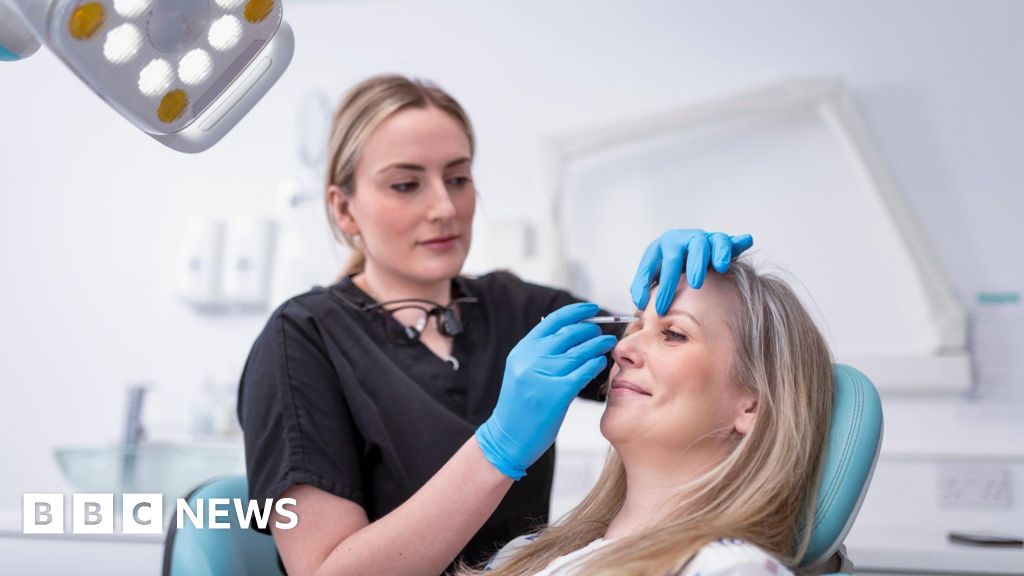Introduction to Botulism
In the last six weeks, 31 cases of botulism poisoning have been recorded in England, according to the British health security agency. Botulism is a rare but life-threatening condition caused by toxins produced by the Clostridium botulinum bacteria.
Cause of Botulism
Botox injections, a common cosmetic procedure to reduce facial lines and wrinkles, consist of small, purified doses of botulinum toxin. However, larger amounts of the toxin can cause botulism. The recent cases in England were linked to the use of non-licensed botox-like products in cosmetic procedures.
Symptoms of Botulism
The symptoms of botulism can include difficulty swallowing, slurred speech, and breathing difficulties, which may require respiratory support. Other symptoms can include drooping eyelids, double vision, and weak facial muscles.
Precautions and Advice
The UK health agency has advised those seeking cosmetic treatments to ensure that their practitioner is qualified and that the products used are licensed. It is essential to check the qualifications of the practitioner and the product being used before undergoing a procedure.
Qualifications and Safety Measures
Botox can only be prescribed after a consultation with a medical specialist, such as a doctor or nurse. The person signing the prescription must ensure that the person administering the injection is qualified to do so. The regulatory authority for medicines and healthcare products has warned that purchasing botulinum toxin from unauthorized sources increases the risk of receiving a fake or unapproved product.
Recommendations for Cosmetic Practitioners
The joint advice for cosmetic practitioners suggests that those considering Botox injections ask for information about the product, including its brand and intended dose, before accepting a procedure. It is also recommended that people check these details again with the practitioner on the day of their treatment.
Safety Precautions
To ensure safety, the following precautions should be taken:
- Make sure the practitioner is qualified, wears appropriate protective equipment, and washes their hands.
- Those seeking a procedure should be offered a consultation beforehand.
- A consent form describing the risks should be discussed and signed.

